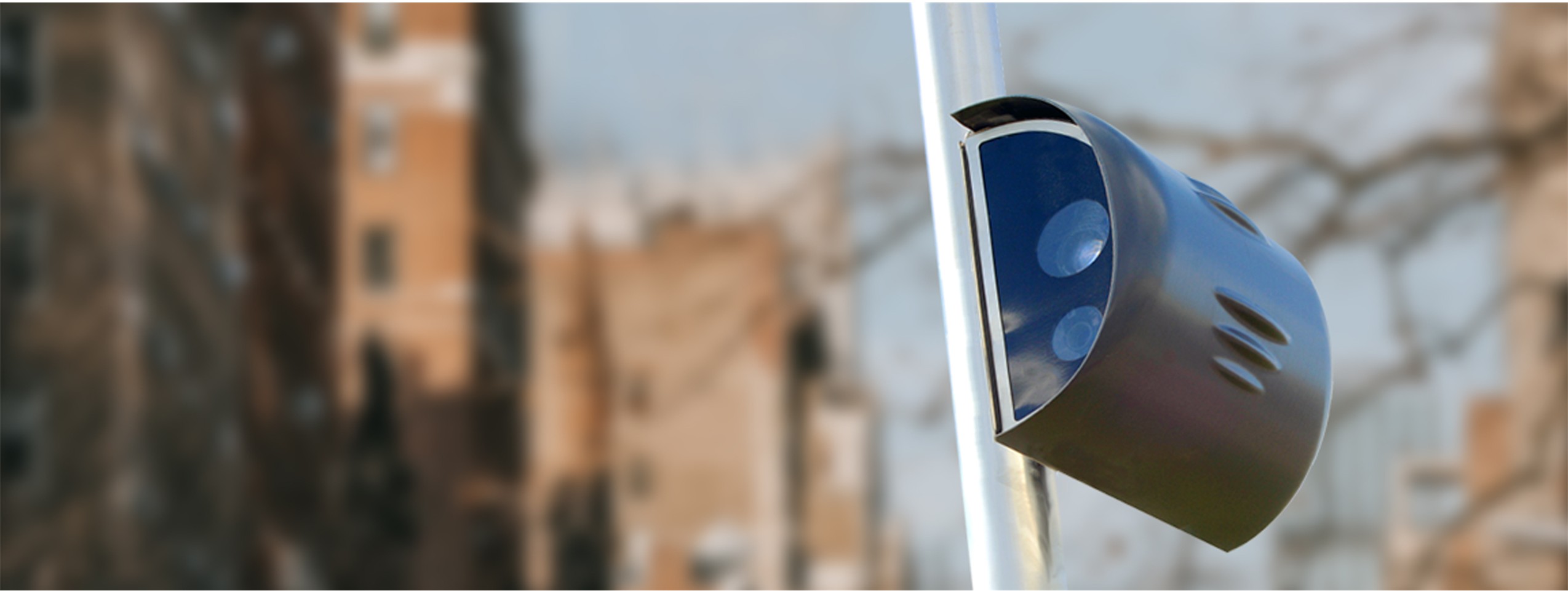Today, the City of Minneapolis announced five locations where it will deploy the City’s first-ever traffic safety cameras to begin automated enforcement of speed limits this fall. The traffic camera safety pilot program is a key part of the City’s Vision Zero initiative to eliminate traffic deaths and severe injuries on Minneapolis streets, while pursuing a future where everyone can move safely, efficiently, and equitably through our streets and neighborhoods.
This morning, Mayor Jacob Frey officially signed the contract with NovoaGlobal, a national traffic enforcement provider, after it was approved by City Council on Thursday - the final two steps required to move the pilot forward for a September launch.
“Minneapolis is taking commonsense steps to protect lives on our streets,” said Mayor Jacob Frey. “With these traffic safety cameras, we’re making clear that speeding and reckless driving won’t be tolerated—especially near our schools and areas with lots of foot traffic. This pilot program is about saving lives, not writing tickets, and I’m proud to have signed the contract this morning to get this work moving.”
The cameras will be located at the following intersections:
- 3rd St. N near 1st Ave N. in Downtown
- Fremont Ave N near W. Broadway Ave in Near North
- 18th Ave NE near Central Ave NE in Northeast
- Chicago Ave near Franklin Ave E in Ventura Village
- Nicollet Ave near 46th St. W in King Field/ Tangletown
A map of the camera locations can be found here.
“One of the most common concerns my office hears from constituents is reports of unsafe driving and speeding on residential streets,” said Council Member Katie Cashman. “If we truly want to achieve zero pedestrian deaths in Minneapolis, the Traffic Camera Pilot is a step in the right direction. I am optimistic about what will come of this pilot.”
Only streets under the City’s jurisdiction were considered for the launch of the pilot. Hennepin County or MnDOT roads may be considered for future locations. Public Works anticipates adding more speed cameras in early 2026 and expanding the program to add red light camera later that year. The City has identified an additional 11 locations as high priorities for future expansion. Those locations and a detailed analysis of all candidate locations is available in the City’s camera location analysis.
The scale and timeline for expansion will be guided by early results, capacity, and community feedback. The City will provide regular updates as the pilot progresses.
ENFORCEMENT AND PRIVACY
A Minneapolis traffic control agent will verify all potential violations and issue a warning or citation as appropriate:
- A warning is issued for a first offense. After the warning:
- A $40 fine will be issued if a vehicle goes 10 mph or more over the speed limit
- The fine increases to $80 for speeds 20 mph or more over the limit
- Drivers can take a free traffic safety class instead of paying a fine for their first ticket.
- Vehicle owners are not liable if their car was stolen or if they were not driving at the time of the violation. A sworn statement must be provided.
- Citations will not appear on driving records and cannot be used to revoke a license, arrest an individual, or tow a vehicle.
Traffic cameras may only be used for traffic enforcement and may only capture a picture/video of the back of the vehicle. They are not allowed to take pictures/video of people.
Traffic Safety Cameras are meant to shift driver behavior and save lives, not to generate revenue. As required by state law, any revenue from fines will be used to cover implementation costs and investments in other traffic safety/calming measures.
BACKGROUND
The City of Minneapolis is committed to ending serious injury and fatal crashes. In 2017, the City adopted the Vision Zero resolution that commits to reaching zero traffic deaths and serious injuries by 2027. The City of Minneapolis has seen an increase in traffic deaths since 2020 with speeding as the leading cause.
Between 2022 and 2024 in Minneapolis:
- 43 people were killed in crashes involving clear speeding
- 19 people were killed in crashes involving red light running
- 17 people were killed in crashes that involved both speeding and red light running
City leadership worked with the Minnesota Legislature to pass the legislation that allows the Traffic Safety Camera Pilot program. Under state law, cameras must be within 2,000 feet of schools, at locations with an identified traffic safety concern, and placed in geographically distinct areas/multiple communities with differing socioeconomic conditions. The City has also conducted multiple rounds of community engagement over several years to develop the pilot program and determine camera locations in neighborhoods. In engagement this spring, about 1,200 people shared feedback to help inform camera locations; 83% of the feedback was supportive of the pilot.
The traffic safety camera pilot is one part of the City’s Vision Zero effort, which also includes investing in traffic calming and other proven traffic safety treatments. More information on the traffic safety camera pilot program can be found on the City’s website.


